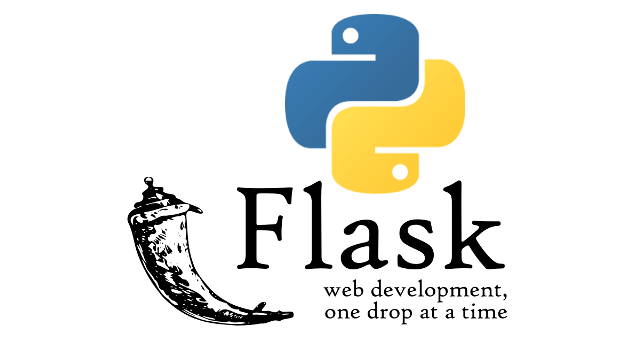Introduction to Flask and Web Development
Here we will learn about flask The process of building and managing websites and web applications is known as web development. It requires a range of abilities, such as markup, scripting, and programming languages.
A Python microframework for web development is called Flask. It is a well-liked option for both novice and seasoned developers due to its simplicity and versatility.
Since Flask is a WSGI framework, it may be utilized with any web server that supports WSGI, like Nginx or Gunicorn. Additionally, it makes use of the Jinja2 template engine, which offers an effective and adaptable method for rendering HTML templates.
Installing the Flask package with pip is the first step towards creating a Flask web application. After installing Flask, import the Flask class and use the constructor to start a new Flask application.
You can begin adding routes to a Flask application once it has been constructed. A mapping from a URL to a function is called a route. Flask will invoke the relevant function when a user accesses a URL that corresponds to a route.
Any kind of answer, whether a JSON object, an HTML template, or a plain text string, can be obtained via Flask functions. Read about our other post at condingshikho.com
Building the Foundation: Routes and Views
Routes and views are two of the most important concepts in Flask web development.
Routes are functions that map URLs to views. Flask launches the associated view function when a user clicks on a URL that corresponds to a route.
Functions that respond to HTTP requests are known as views. Any kind of answer, including a JSON object, an HTML template, or a plain text string, can be obtained from them.
In Flask, the @app.route() decorator is used to build a route. The URL pattern that the route should match is the only input that the decorator accepts.
Dynamic Web Applications with Forms and Databases
Web apps that are dynamic are ones that can adapt to information, system events, and user input by changing their functionality, look, and content. They can be used to create a wide range of applications, including social media platforms, content management systems, and e-commerce websites. They are constructed using a variety of programming languages and frameworks.
Two fundamental elements of dynamic web applications are databases and forms. Databases are used to store and retrieve data, and forms are used to gather user input.
The web server receives the data that a user inputs on a form. After that, the web server processes the data and communicates with the database using a programming language.
Users can fill out a form on an e-commerce website, for instance, to provide their shipping and billing details. The web server processes the data after the user submits the form, inserting it into a database. After then, the web server would use the information in the database to provide the user with a shipping receipt.
Dynamic content, like blog entries, product listings, and user comments, can also be kept in databases. A dynamic website’s content can be retrieved from the database and displayed on the page by the web server when a user views that page.
Extending Flask: Adding Functionality with Extensions
Python packages known as Flask extensions provide Flask apps more features. Numerous functionality, like database support, authentication, and caching, have extensions available.
Adding new functionality to your application without having to create the code from scratch is made possible with Flask extensions. Because they frequently include tutorials and documentation, they are also an excellent method to learn new technology.
The Python package manager pip can be used to install a Flask extension. For example, you would use the following command to install the Flask-SQLAlchemy extension:
Install Flask-SQLAlchemy using pip
You can import an extension into your Flask application after it has been installed. After that, you can utilize the extension in your application code and configure it.
Advanced Flask Techniques for Dynamic Projects
Here are some advanced Flask techniques for dynamic projects:
- Use Flask Blueprints to organize your code: Using blueprints, you may divide your Flask code into modular chunks. Your code may become easier to maintain and more reusable as a result.
- Use Flask-SQLAlchemy to manage your database: A well-liked addon that simplifies database interaction for Flask apps is Flask-SQLAlchemy.
- Use Flask-WTF to create and validate forms: An addon called Flask-WTF offers a quick and effective method for creating and validating forms in Flask apps.
- Use Flask-Login to implement authentication and authorization: An addon called Flask-Login offers Flask apps a straightforward and user-friendly authorization and login mechanism.
- Use Flask-Caching to improve performance: Data in Flask applications can be cached with the help of the extension Flask-Caching. This can decrease the amount of database queries and other costly processes, which can enhance the performance of your application.
Conclusion
As a lightweight and flexible web framework for Python, Flask provides a simple yet effective toolkit for developing web applications. It’s a great option for novice and seasoned developers alike who want to build web apps quickly and effectively because of its robustness, simplicity, and vibrant community.
